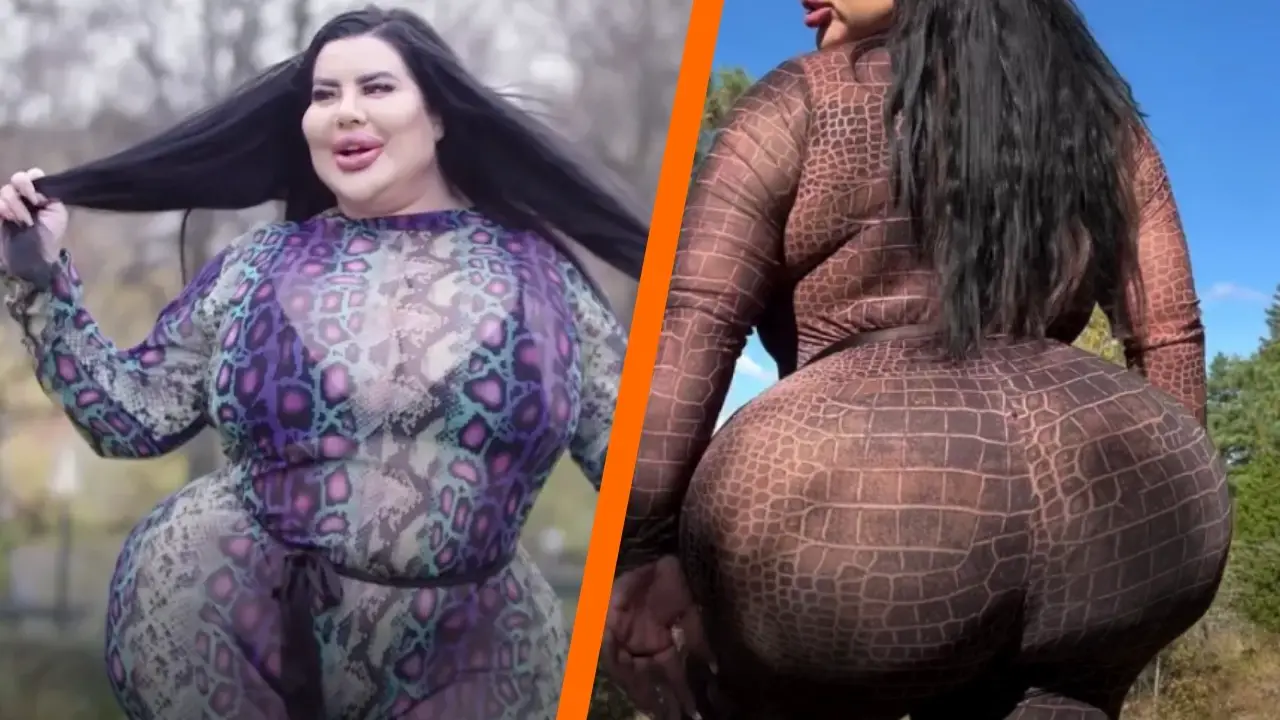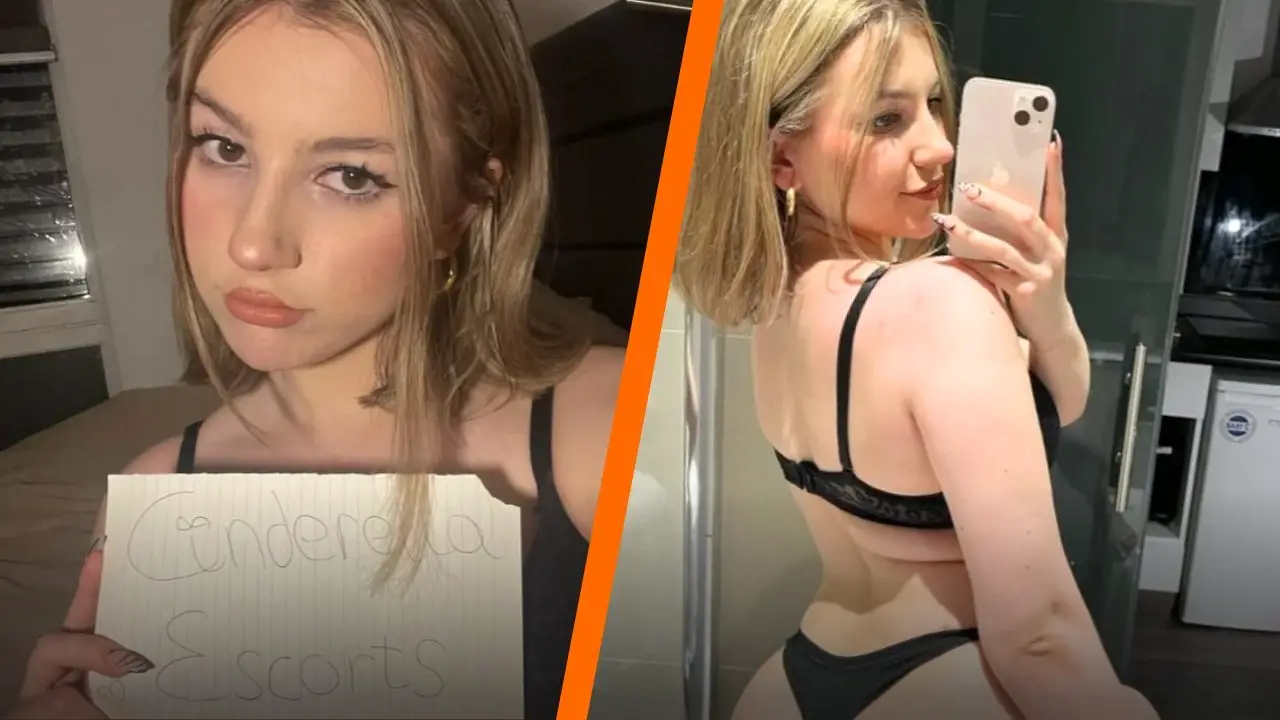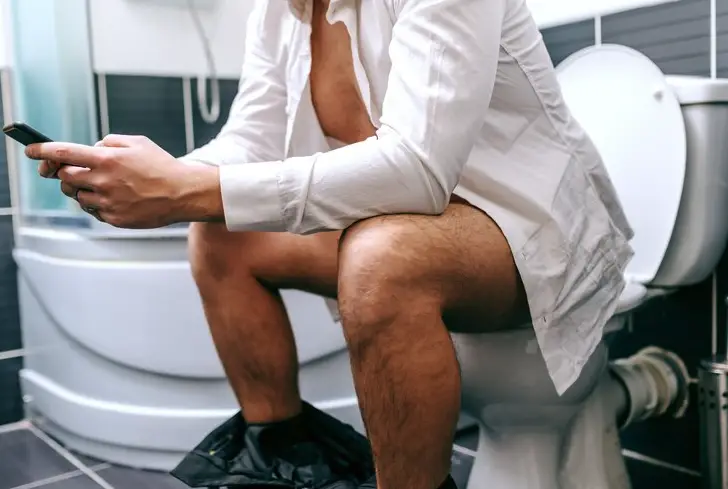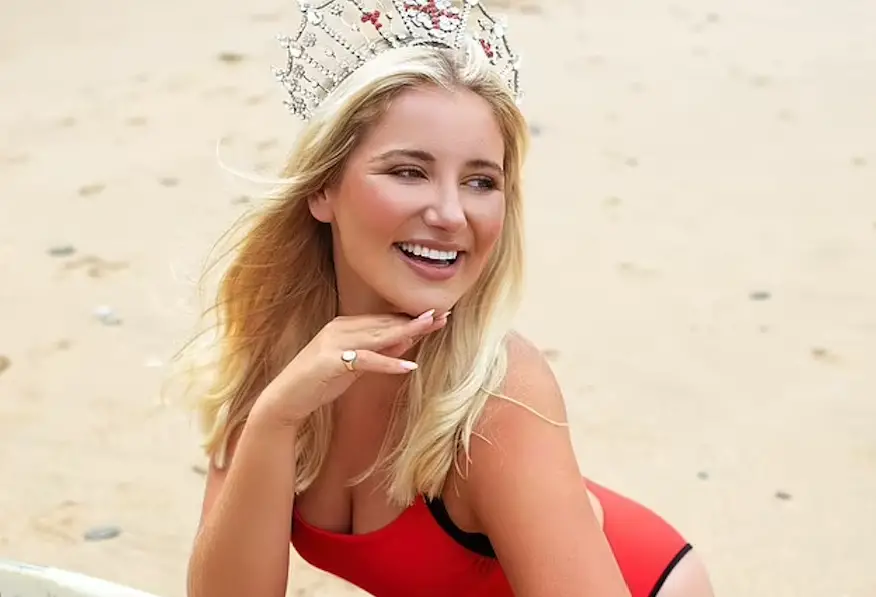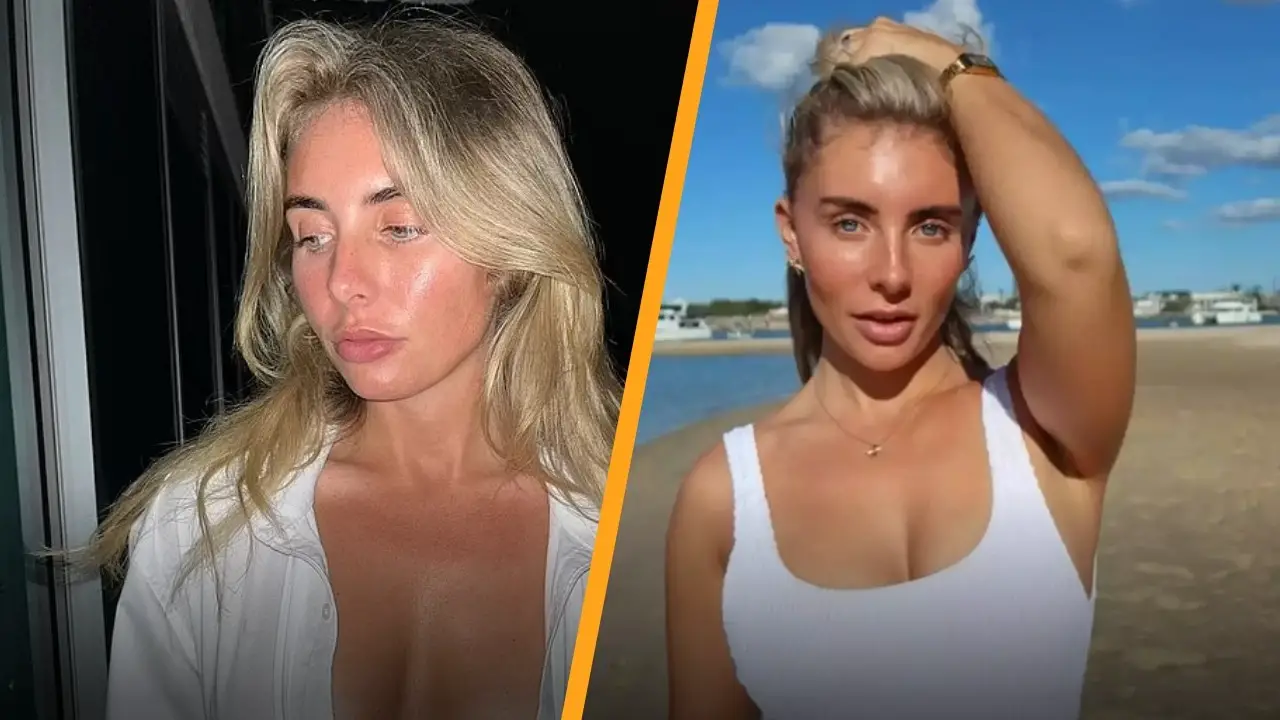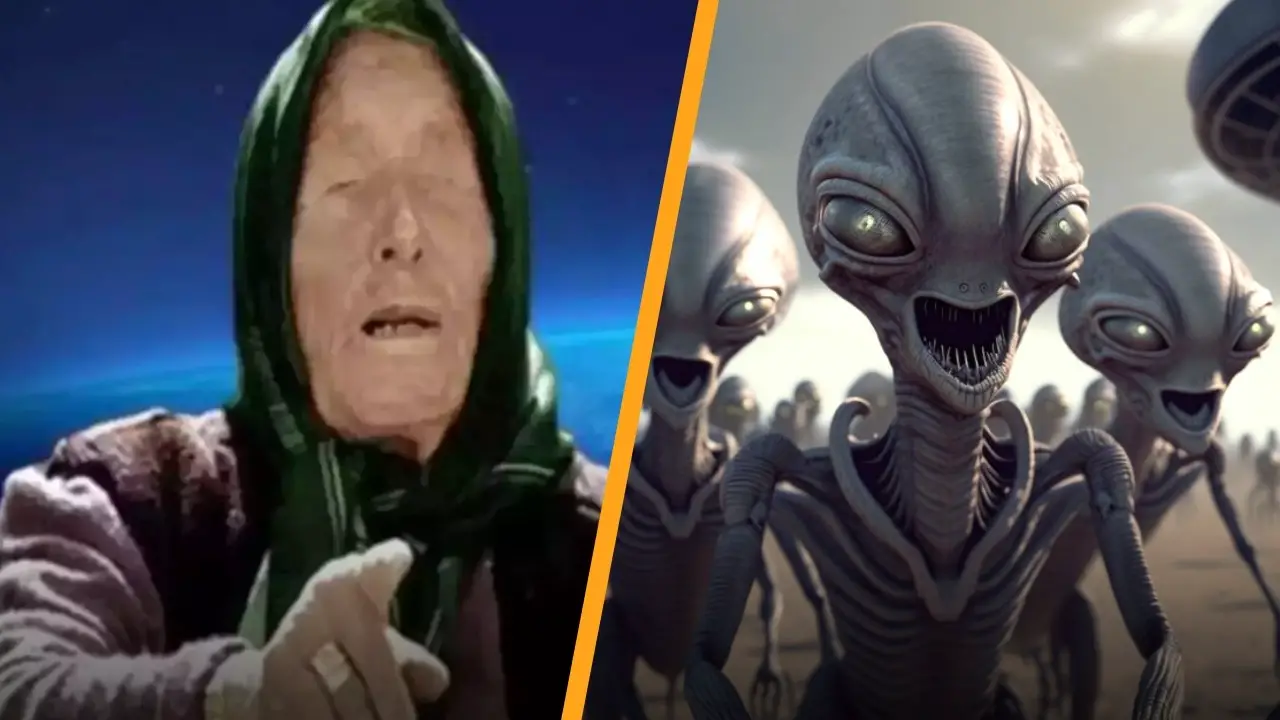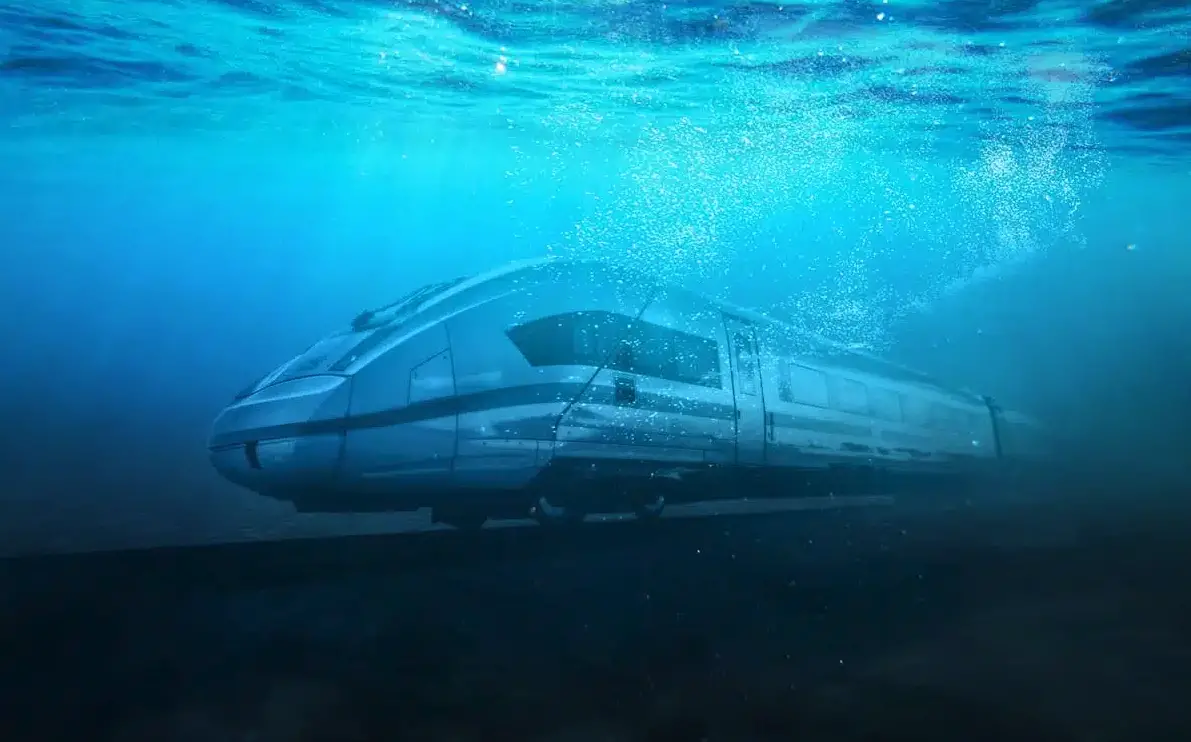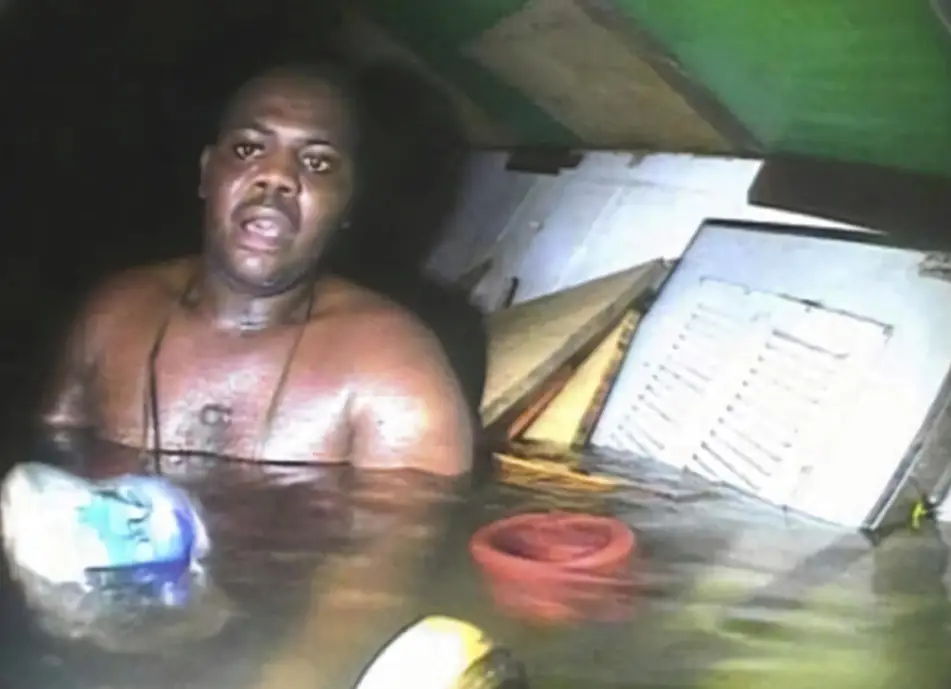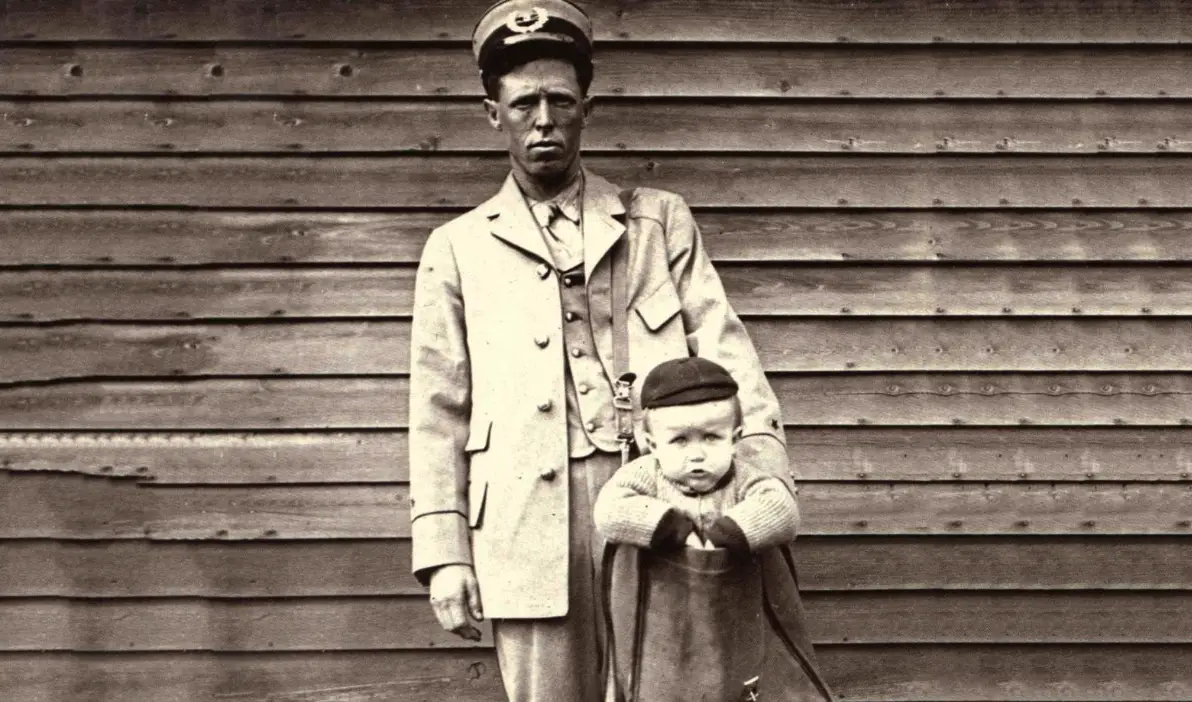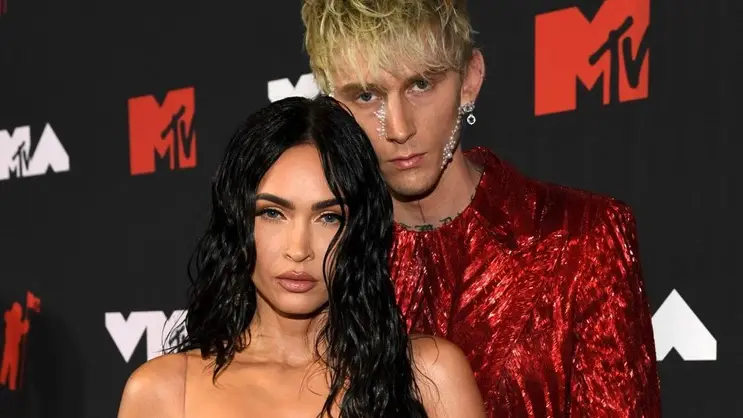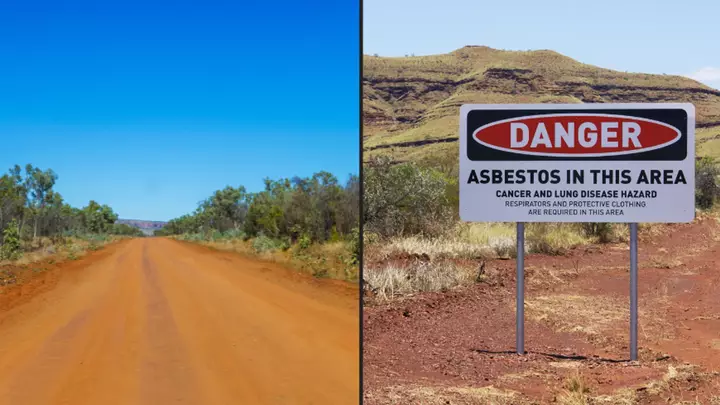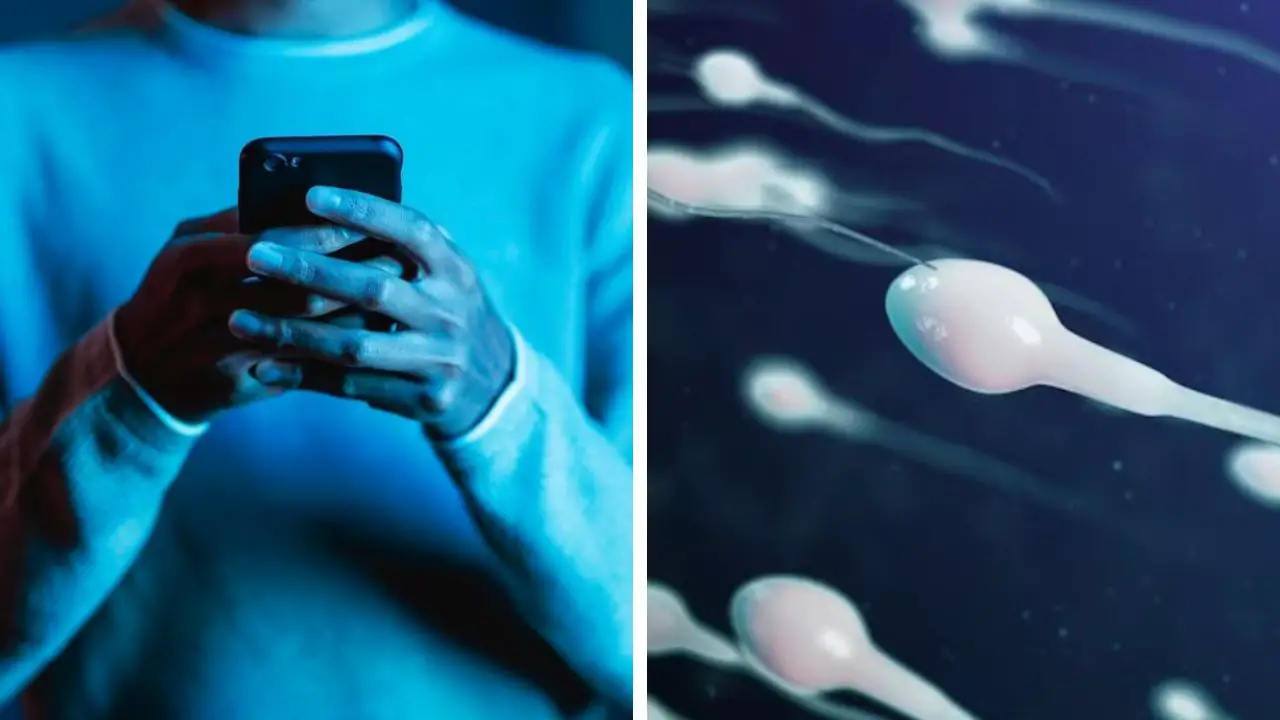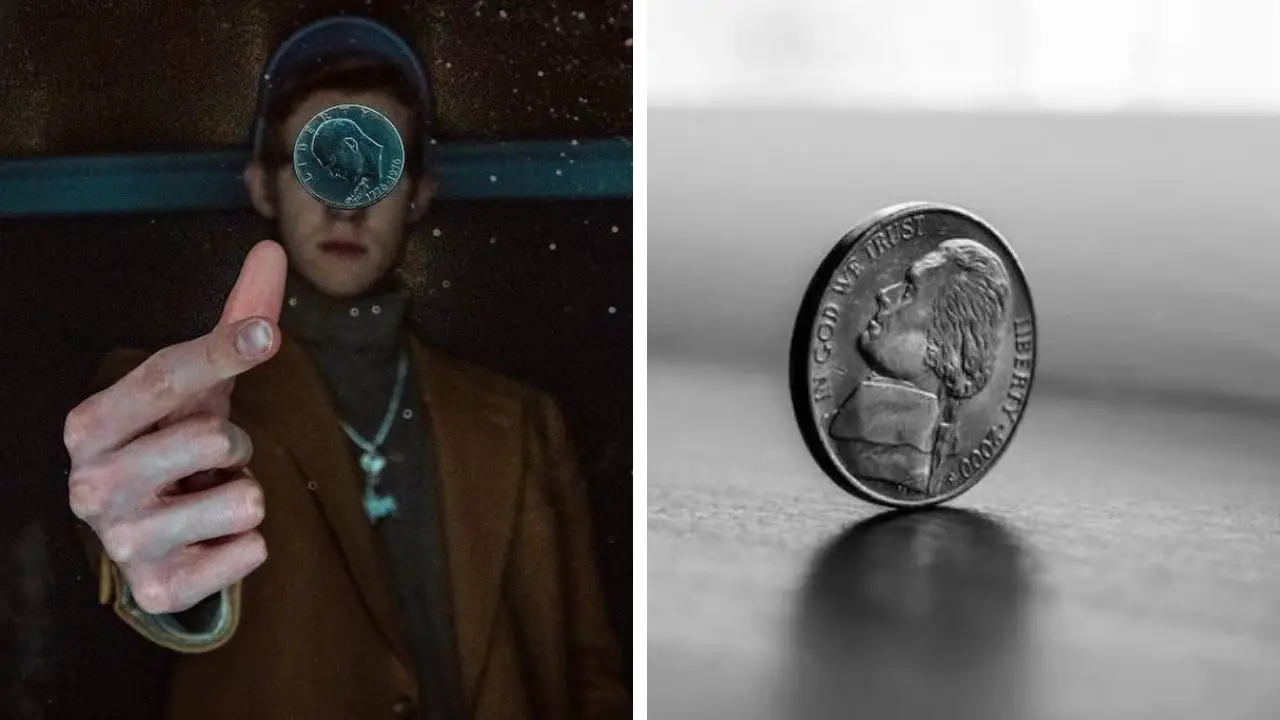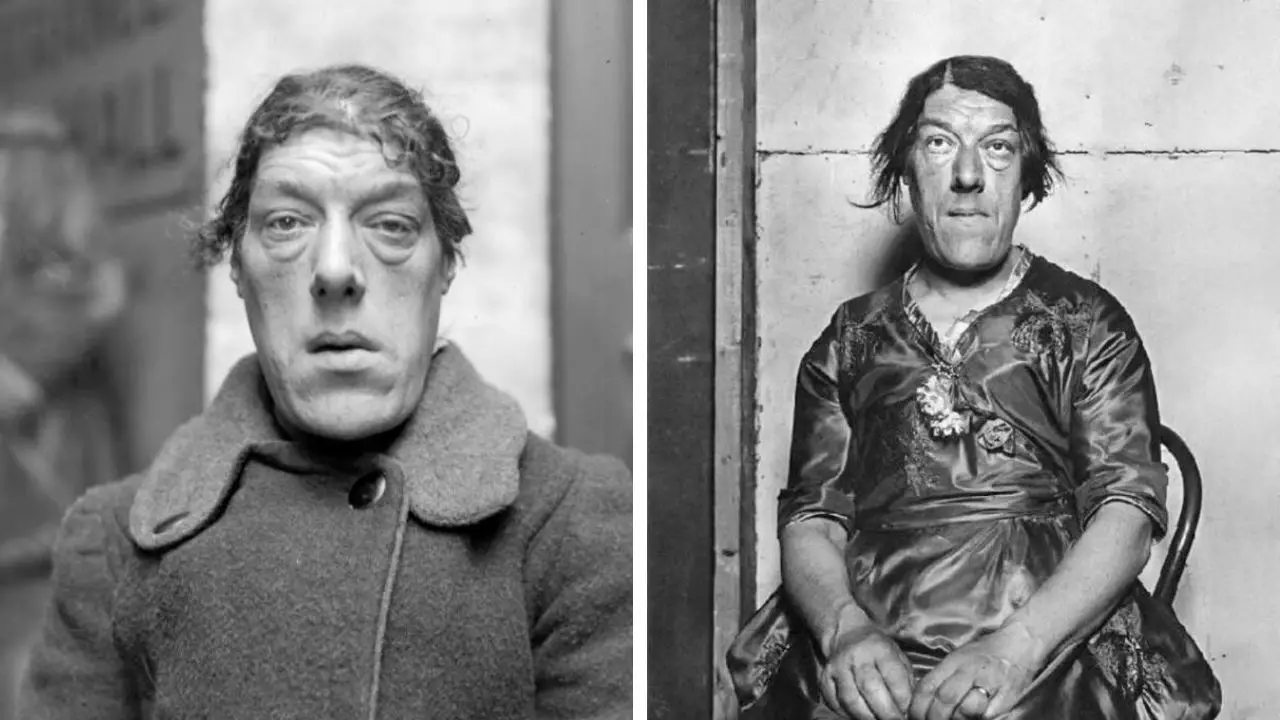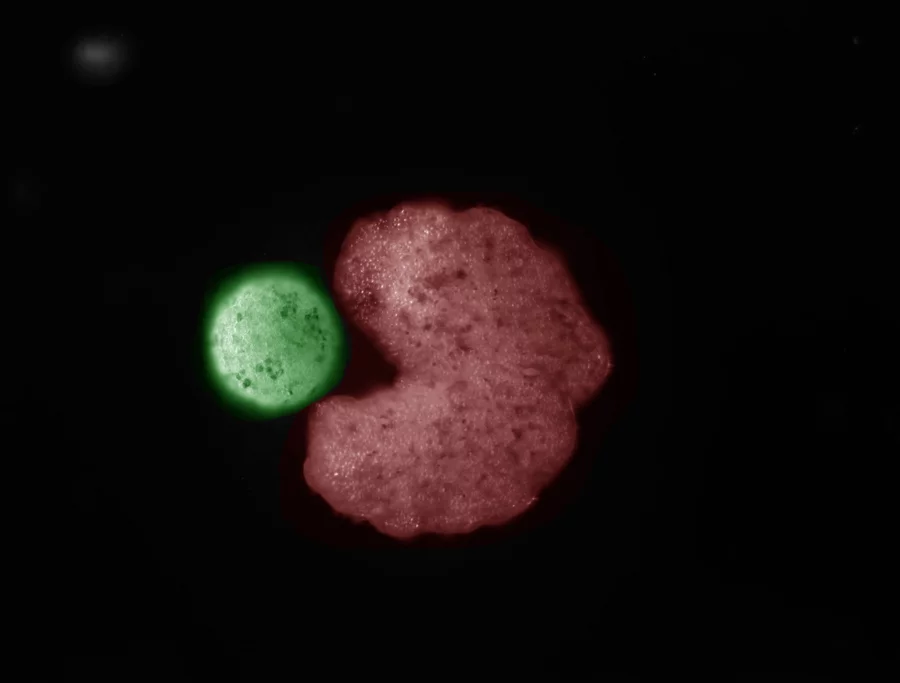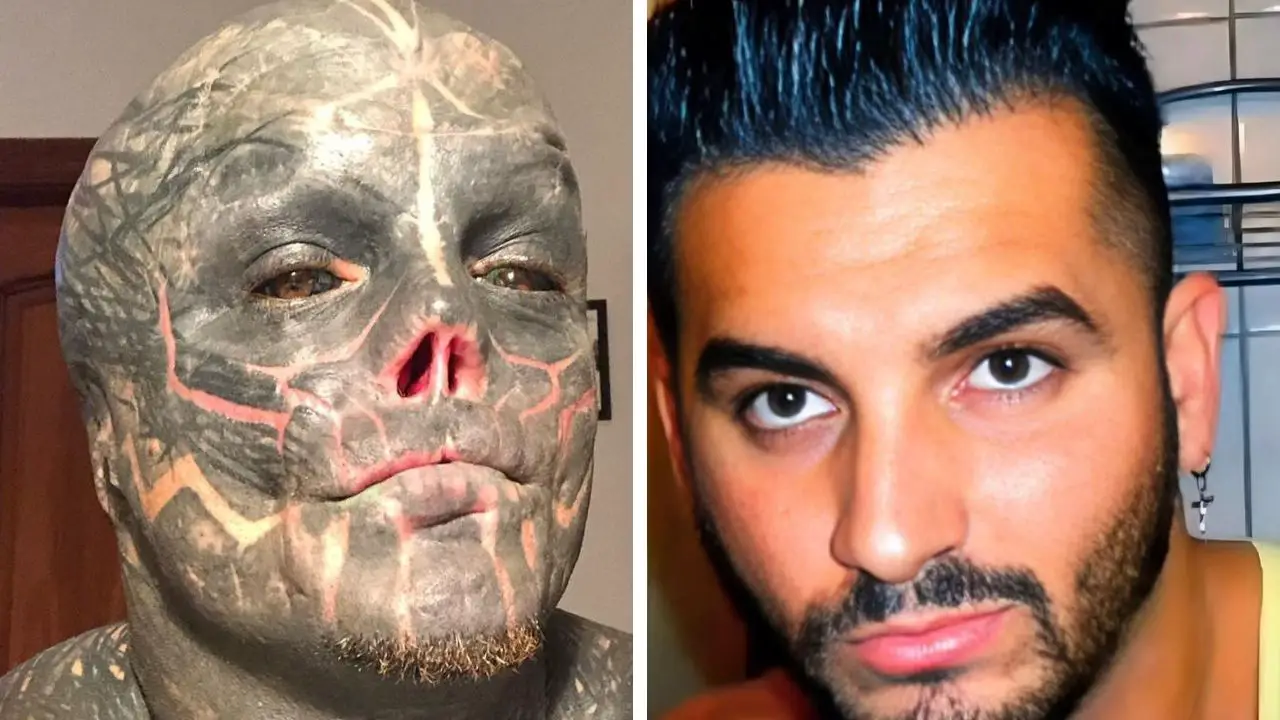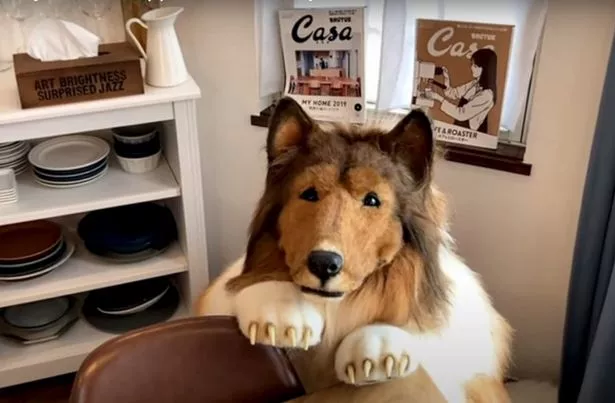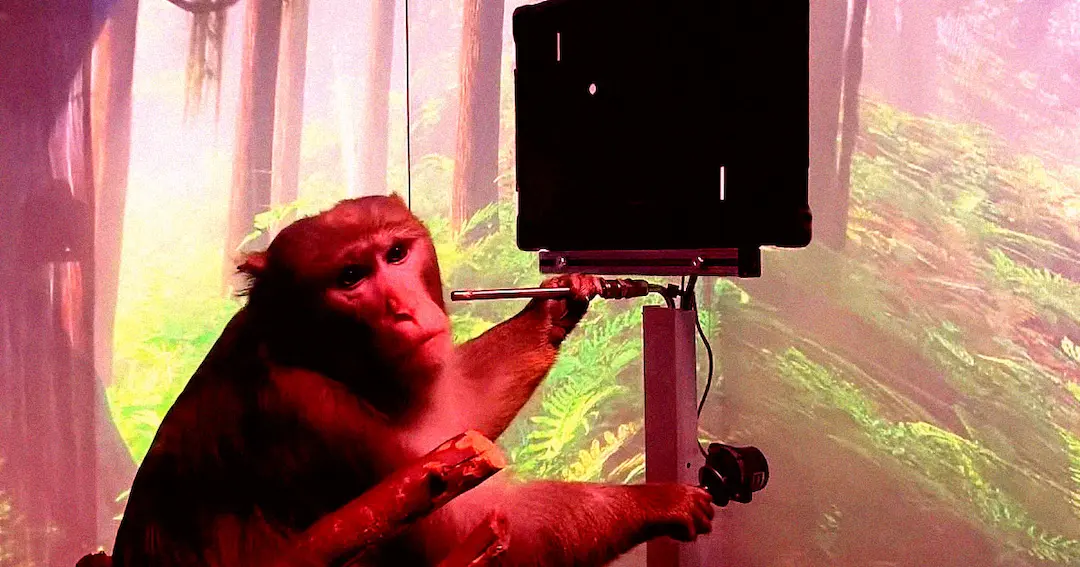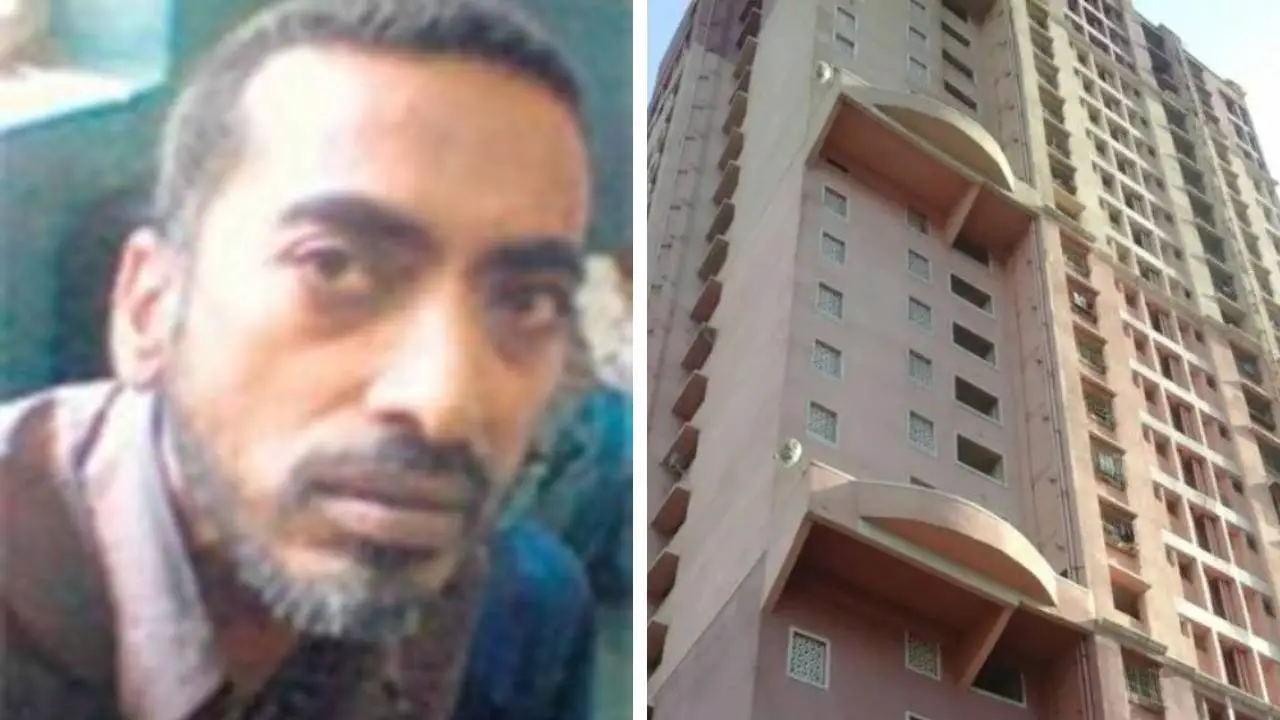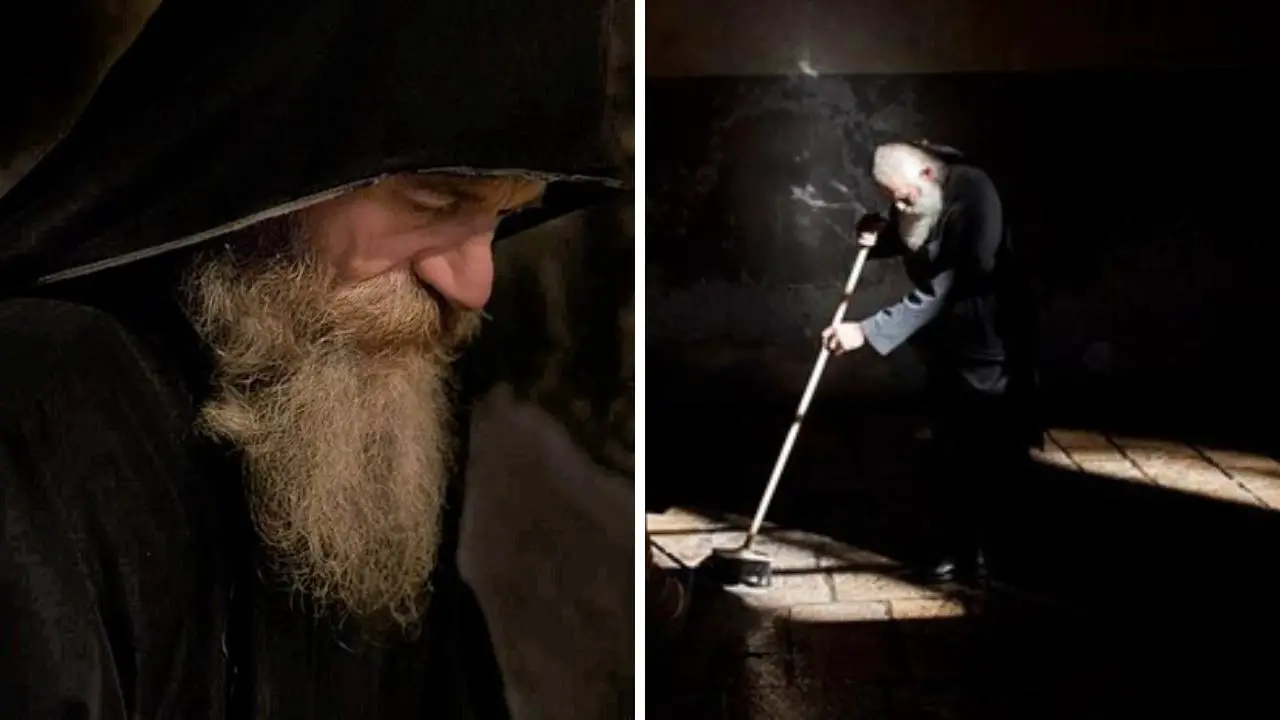Solar-powered lasers have been installed in the Saudi desert to help in guiding the lost to water supplies
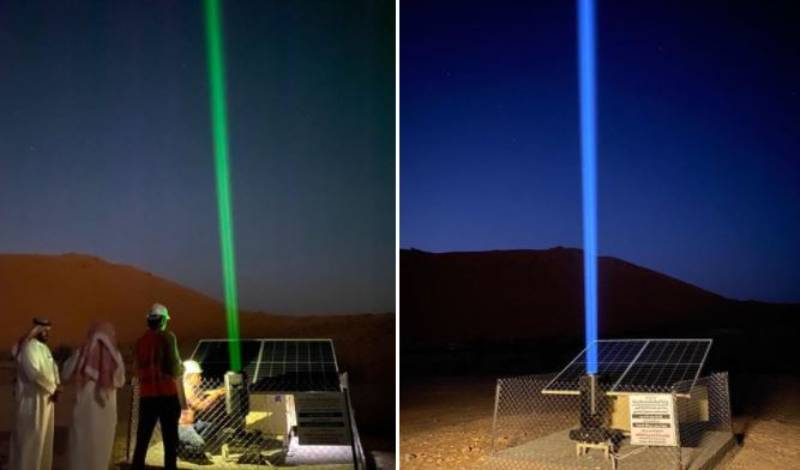
- Solar-powered laser beacons guide lost travelers to water in Saudi Arabia’s Al Nafud Desert.
- Environmentalist Mohammad Al-Sohaiman’s initiative targets dehydration risks after near-miss rescues.
- 11 beacons installed, with plans for 100 more, using LED beams visible up to 50 km.
In the endless expanse of Saudi Arabia’s Al Nafud Desert, where shifting sands and scorching temperatures test human limits, a faint green beam piercing the night sky could mean the difference between life and death.
Imagine stumbling through dunes, disoriented and parched, only to spot a distant glow promising salvation.
This isn’t a scene from a sci-fi thriller—it’s the reality of a groundbreaking initiative that’s transforming desert navigation.
The Kingdom’s deserts, covering vast swaths of terrain including the 64,000-square-kilometer Al Nafud and the colossal 650,000-square-kilometer Empty Quarter, have long posed formidable challenges.
Travelers, from nomadic herders to adventurous explorers, often face sudden sandstorms or vehicle breakdowns that leave them stranded far from civilization.
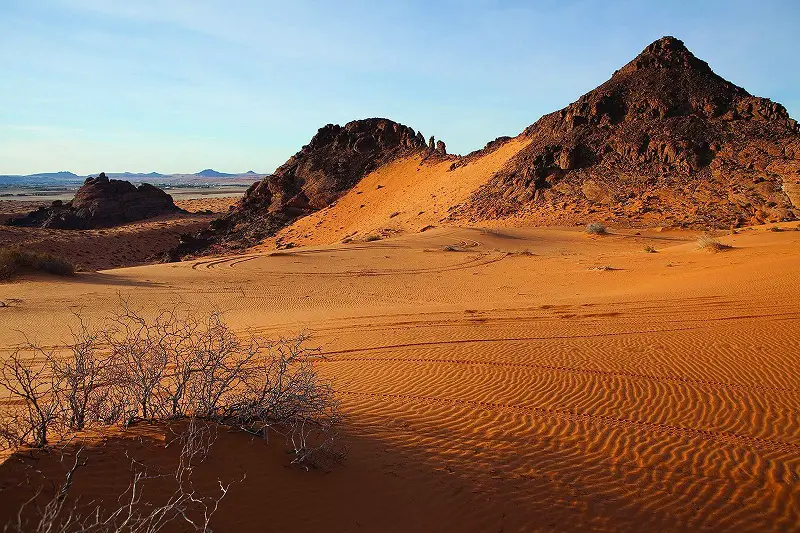
Official records reveal the stark toll: In a single year, search and rescue teams responded to over 13,000 stranded vehicles, with 142 individuals reported lost across regions like Riyadh, Qassim, and the Eastern Province.
Tragically, 28 of those lost perished, while 14 remain unaccounted for, highlighting the urgent need for reliable aids in these arid landscapes where water scarcity exacerbates every misstep.
Enter Mohammad Fohaid Al-Sohaiman Al-Rammali, an environmental activist whose personal brushes with danger sparked this lifesaving innovation.
After enduring several rescue operations in the rugged areas north of Hail, Al-Sohaiman realized a heartbreaking pattern: Many victims succumbed to thirst mere meters from undiscovered wells or oases.
“Many people lost their lives in the desert near water resources because they did not know that water resources were close to them,” he explained in interviews.
Driven by this insight, he proposed installing beacons that could signal water locations from afar, turning invisible lifelines into visible guides.
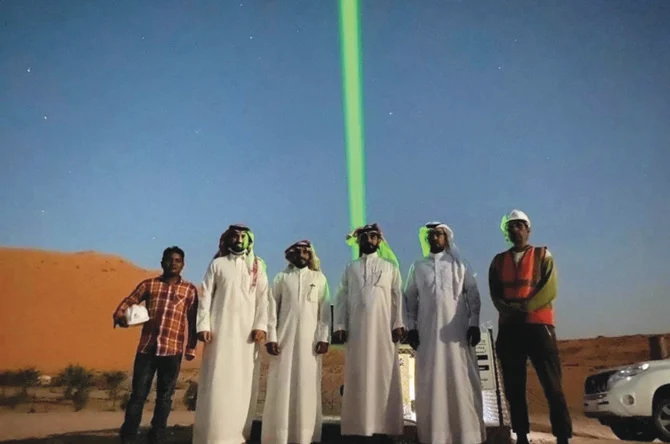
The technology behind these solar-powered lasers is deceptively simple yet ingeniously adapted to the environment.
Each beacon consists of high-power LED lights engineered to produce narrow, vertical beams—often mistaken for true lasers due to their focused intensity—that shoot skyward in green hues for optimal visibility against the desert backdrop.
Powered entirely by concentrated photovoltaic cells, they store solar energy during the day to operate for up to 12 hours at night, enduring extreme temperatures and minimal maintenance.
Strategically placed near deep wells—drilled between 150 and 1,500 meters into prolific subsurface reservoirs—these devices emit signals detectable even through dust and haze, drawing the desperate toward surface works spanning about 60 by 60 meters.
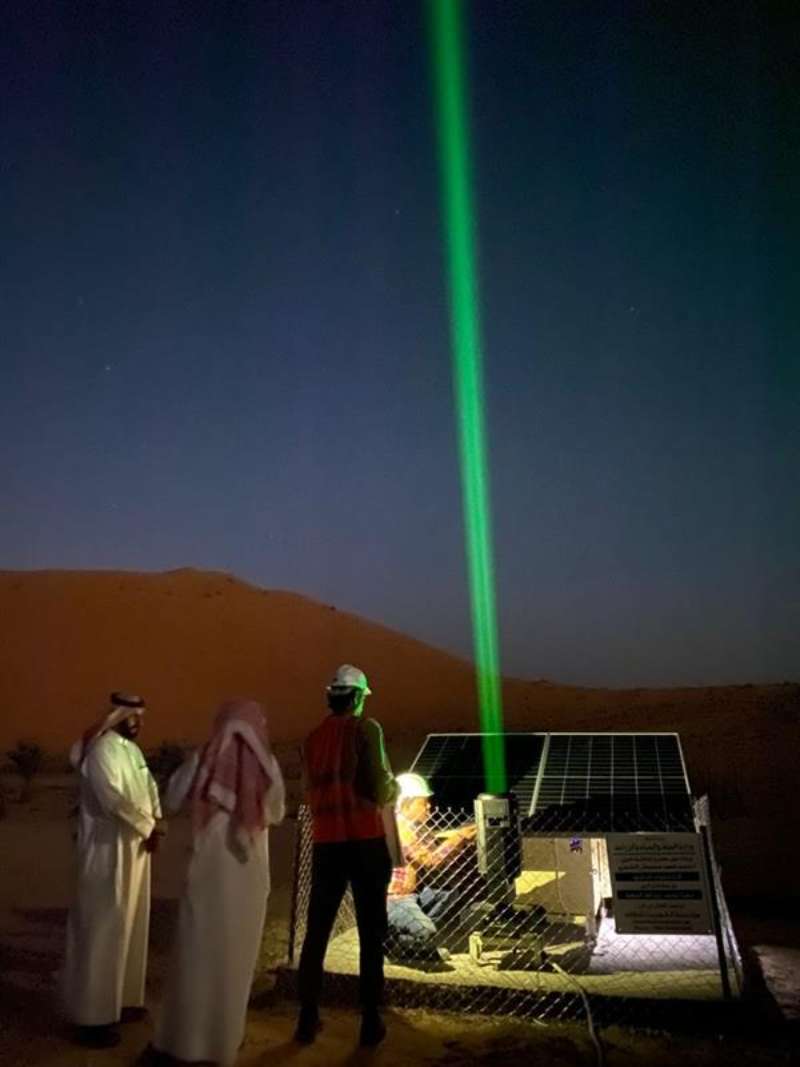
Implementation began under the supervision of Saudi Arabia’s Ministry of Environment, Water and Agriculture, with the first 11 beacons activated in Al Jouf Province and the Nafud Desert in late 2021.
These initial sites were chosen for their remoteness and high incidence of incidents, where traditional GPS might fail due to signal loss or battery drain.
The ministry’s deputy for water, Dr. Abdulaziz Alshaibani, emphasized the goal of equitable distribution, ensuring beacons reach the most vulnerable spots while maintaining operational integrity through regular checks.
| Key Fact | Details |
|---|---|
| Desert Coverage | Al Nafud: 64,000 sq km; Empty Quarter: 650,000 sq km |
| Initial Beacons Installed | 11 in Al Jouf and Nafud Desert (2021) |
| Expansion Plans | 100 additional beacons between Hail and Jouf, funded by private investment |
| Rescue Statistics (Recent Year) | 13,000+ stranded vehicles; 142 lost individuals; 28 fatalities |
| Beacon Visibility | Up to 50 km, effective in sandstorms and at night |
| Well Depths | 150-1,500 meters, targeting prolific reservoirs |
| Power Source | Solar photovoltaic cells, battery-free operation for sustainability |
As the beams cut through the darkness, stories of potential rescues are already emerging.
In 2020 alone, 131 people vanished while traversing these sands, unprepared for the hazards of heat exhaustion and navigation errors—20 died from hunger and thirst, but 100 were recovered in stable condition.
One poignant case involved Dhuwaihi Hamoud Al-Ajaleen, found deceased near his truck in Wadi Al-Dawasir after three days, underscoring how proximity to water doesn’t guarantee survival without guidance.
With beacons now in place, such outcomes could dwindle, as the lights serve as silent sentinels, beckoning from horizons that once seemed empty.
The project’s momentum has attracted significant backing.
A prominent regional businessman, inspired by Al-Sohaiman’s vision, pledged funds to deploy an additional 100 beacons along key routes between Hail and Jouf, expanding coverage to more high-risk zones.
This private-public collaboration exemplifies Saudi Arabia’s push toward sustainable innovations, aligning with broader goals in renewable energy and climate resilience amid global water scarcity challenges.
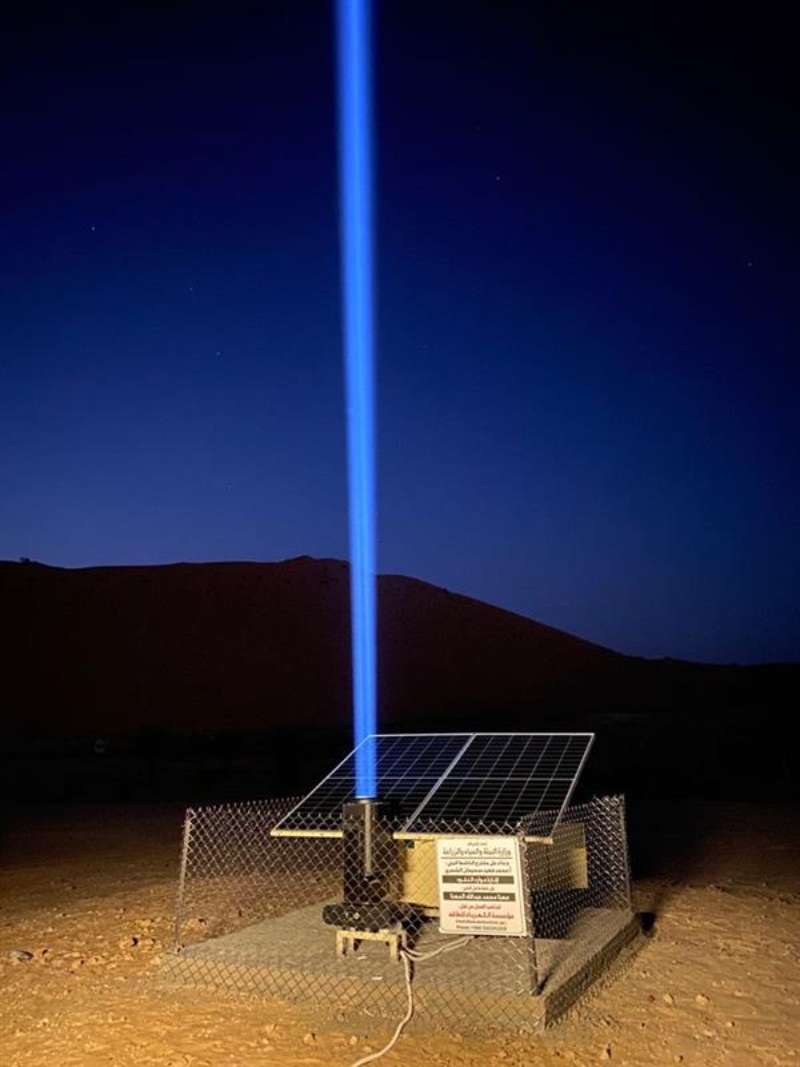
Beyond immediate safety, these desert survival beacons raise intriguing questions about adapting technology to extreme environments.
Could similar systems revolutionize navigation in other arid regions like the Sahara or Mojave, where annual losses mirror Saudi patterns?
Early adopters note the beacons’ low environmental impact—no batteries mean reduced waste, and their narrow beams minimize light pollution for nocturnal wildlife.
Yet, as installations grow, experts ponder enhancements: Integrating GPS mapping or even drone-assisted alerts to evolve these static guides into dynamic networks.

